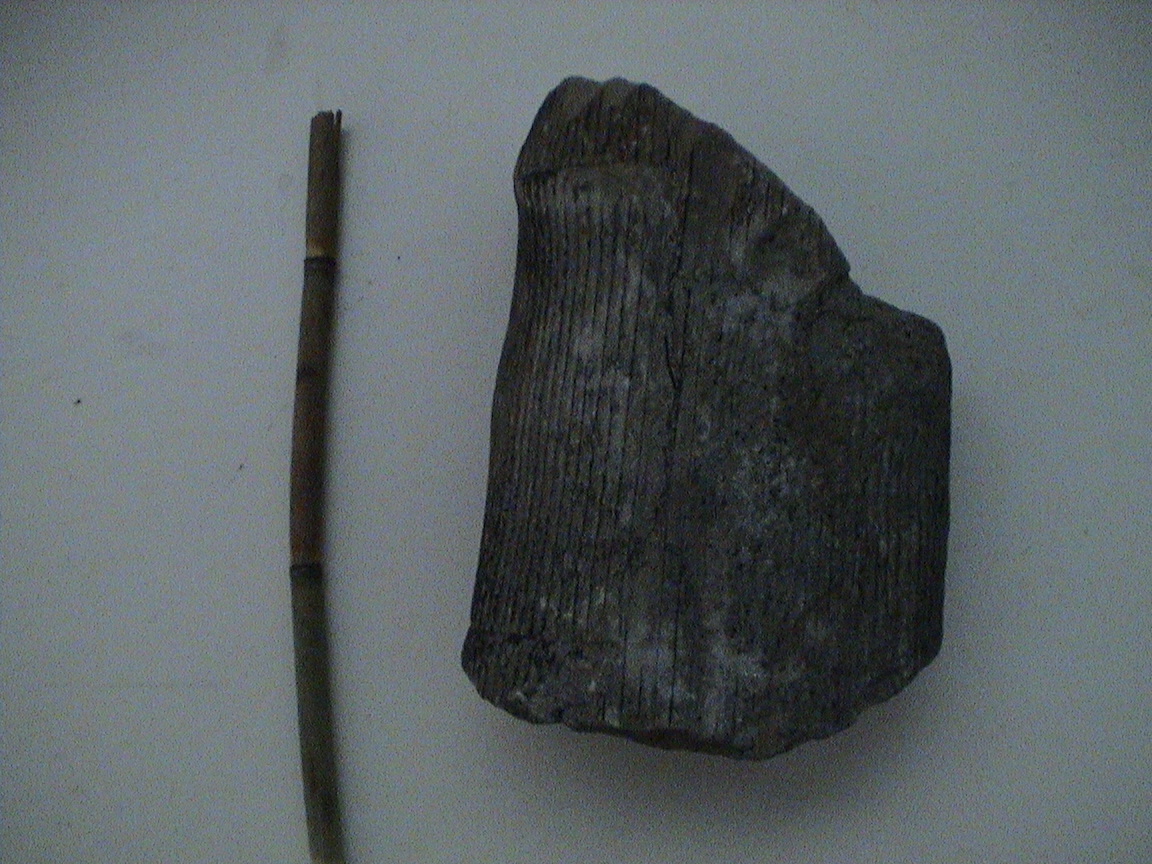Giant Horsetail fossils – Devolution in Effect
Giant horsetail fossils from the past to the present once again violates “Cope’s Law” and evolutionary theory. This shows change over time, and that change in only ever degenerative. ~Chris L Lesley
“The giant horsetail fossils are considerably larger than the modern forms. Modern horsetail seldom exceeds one meter in height and one centimeter in diameter. I have initially misidentified giant horsetails as lycopods because of their size, about 10 cm (4 in) in diameter. Calamites probably reach 20 m (66 ft) in height in the fossil record. The longest calamite log I have seen at Joggins was less than 4 m (13 ft). Figure 2 shows a typical fossil calamite beside its modern counterpart.
Modern club moss reaches a maximum of 50 cm (1.6 ft) in
height, but their fossil counterpart, the lycopods, had trunks that were many meters tall and reached diameters up to one meter! Figure 3 shows a polystrate lycopod from the Joggins Formation. It has a trunk diameter of roughly 75 cm (2.5 ft) and was at least 7.5 m (24.6 ft) tall.
NOTE: (These estimates are way too low) ~Chris L Lesley
“In addition to the polystrate calamites and lycopods, there are actual fossil trees at Joggins called cordaitales, a type of pine.”
http://ianjuby.org/rock_solid_13.html

Comment